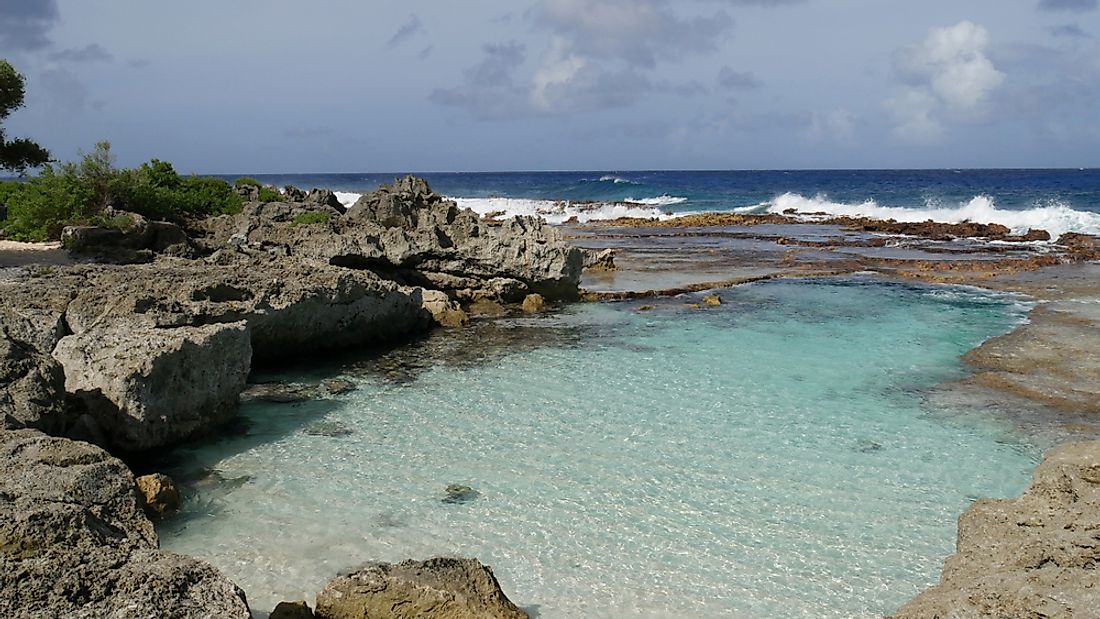The Northern Mariana Islands – Part Of The United States?

The Northern Mariana Islands is an unincorporated US territory. It is situated in the northwestern part of the Pacific Ocean. The Northern Mariana Islands include the fourteen northernmost islets in the Mariana Archipelago. The Northern Mariana Islands does not have a voting representative in the House of Congress. The Islands are represented by a delegate in the House of Representative who can only participate in debates.
When Did Northern Mariana Become Part Of The United States?
Following the end of World War Two, the Northern Mariana Islands were administered by the United States. Northern Mariana held four different referendums, from 1958 to 1969, which were offering changes to the area’s status or integration with Guam. The locals voted in favor of integrating with Guam on all the occasions, but Guam rejected the integration in 1969. Therefore the locals decided to create closer links with the U.S. instead of seeking independence in the 1970s. Negotiation for giving the islands a commonwealth status started in 1972, and by 1975 it was approved.
Are The Northern Mariana Islanders American Citizens?
Yes, anyone born on the Islands on/after November 4, 1986, is a U.S. citizen. For the purpose of nationality and immigration, the Northern Mariana Islands became a part of the U.S. on November 3, 1986. The issue can be complicated for individuals born before November 4, 1986, but generally speaking, everyone living in the Northern Mariana Islands became American citizens after the North Mariana Islands gained its commonwealth status in 1875.
Geography
The Mariana Island archipelago is made up of Guam and the Northern Mariana Islands. The northern islets are volcanic with some islands like Agrihan, Pagan, and Anatahan having active volcanoes. The southern islets are limestone with fringing coral reefs and level terraces. Anatahan is a small volcanic island that is 2 miles wide and 6 miles long. Anatahan volcano started erupting in 2003, and it ejected rocks and ashes on April 6, 2005, that produced a huge black cloud to glide over Tinian and Saipan islands. The highest volcano in the Northern Mariana Islands is the 3,166 ft peak situated on Agrihan.
Economy
Northern Mariana Islands benefits from its trade relationship with the U.S. and cheap labor from Asia. The economy of the islands have relied on the garment manufacturing industry and tourism for decades, but all the garment factories were closed in 2009. Tourism reduced when Japanese Airlines stopped serving the region in 2005. Some of the agricultural products grown in the islands include melons, tomatoes, breadfruit, tapioca, and coconuts.
Demographics
According to the U.S. Census of 2010, the Northern Mariana Islands has a population of about 53,883 people. Majority of the locals reside on Rota, Tinian, and Saipan. The other eleven islands are sparsely inhabited. The islands experienced a population decrease from 69,221 individuals in 2000 to 53,882 in 2010. The population decrease was caused by a combination of factors including a decline in tourism, economic crisis, and closure of the garment factories among others. The biggest ethnic groups in the islands are Asians (49.9%). The Palauan, Carolinians, and Chamorro and other Pacific Islanders make up over 34% of the population.











